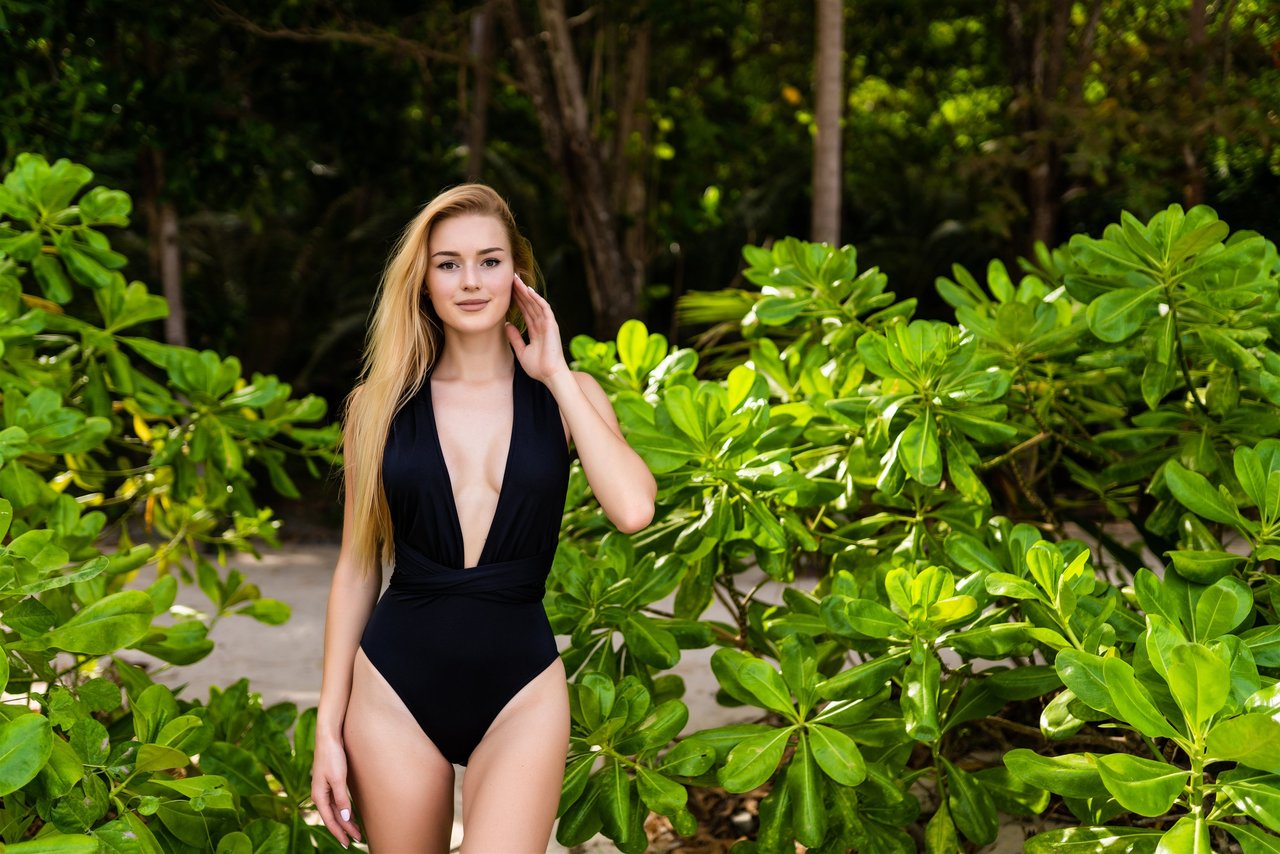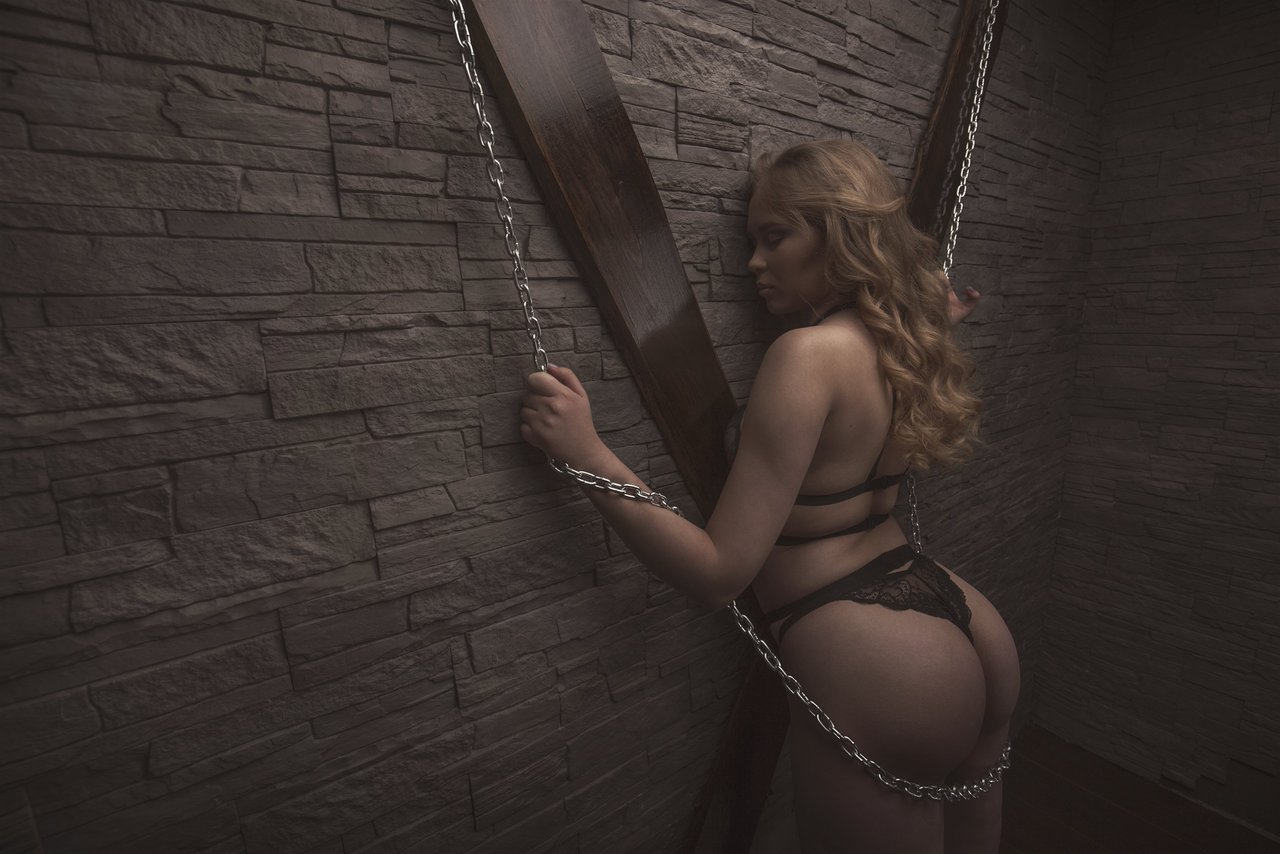Bisexuality means attraction to more than one gender—here’s what that really looks like
Bisexuality isn’t a trend people try on; it’s a deep, intimate part of human experience. If you’ve ever loved or felt drawn to people regardless of their gender, you already know how incredibly broad and personal bisexuality can be. And you might’ve noticed that this word stretches wide, holding space for romance, desire, identity, and everything swirling in between. Being bisexual means experiencing romantic or sexual attraction to more than one gender, but not always in the same ways or to the same degrees.
What’s often forgotten is just how diverse the bisexual community is. Some people use “bi+” as a flexible, inclusive umbrella, recognizing that pansexual, omnisexual, and fluid folks often share overlapping experiences with the traditional definition of bisexuality. Labels can feel both freeing and limiting, which is why so many people fall somewhere on the sexual spectrum and embrace the term "bisexual" even if it doesn’t fit perfectly. The LGBTQIA+ world is vast—and the bisexual umbrella was built to offer shelter, not rules.
Still, assumptions cling tightly. Too many outsiders believe “bisexuality” requires a neat 50/50 split of attraction, or that it’s just a “phase” on the way to something else. That’s a myth, not reality. For some, attraction fluctuates or defies easy description, and that’s not confusion—it’s complexity. As the culture grows, so does understanding: bisexuality is about the truth of attraction, not the precision of language or a test of loyalty. Looking back at history, naming and seeing bisexuality has always meant pushing against stereotypes and embracing diversity within the bisexual community itself. With every outstretched hand and open conversation, the story of bisexuality gets richer and more real.
Bisexual stereotypes: the truth behind harmful myths and intersectional bias
People say a lot of things about bisexuality—most of it misses the mark. If you’re under the bisexual umbrella, you’ve probably heard the classics: “Bisexuals are just confused.” “They can’t be trusted.” “Isn’t everyone a little bisexual?” None of these reflect reality. In fact, these bisexual stereotypes end up doing real harm. At their core, stereotypes are shortcuts for people who haven’t tried to understand someone else’s story. Biphobia, the uniquely sharp prejudice bisexual people face, grows in those shortcuts. Sometimes it overlaps openly with transphobia or racism, especially for people whose identities are already misunderstood or suppressed. That’s intersectional bias: layers of oppression double down, making it harder to be seen for who you actually are.
Common myths—like bisexuals being more likely to cheat, never “settling down,” or just craving attention—aren’t rooted in evidence. Studies show bisexual people face higher rates of mental health issues and social isolation, in large part because they’re invalidated or erased, even within LGBTQ spaces. Imagine dating, loving, and trying to find community, only to have your identity constantly up for debate. That can make people hide who they are or push their feelings aside just to avoid judgment.
Breaking these patterns matters because it’s not just about correcting gossip—it’s about making bisexual spaces safer. Stereotypes are heavy. They limit opportunities for bisexual advocacy, community support, and healthy relationships. When people stop seeing bisexuality as a phase and start listening, everyone gains more room to be real. Ending harmful myths clears the path for healing, growth, and acceptance both inside and outside the bisexual community.


